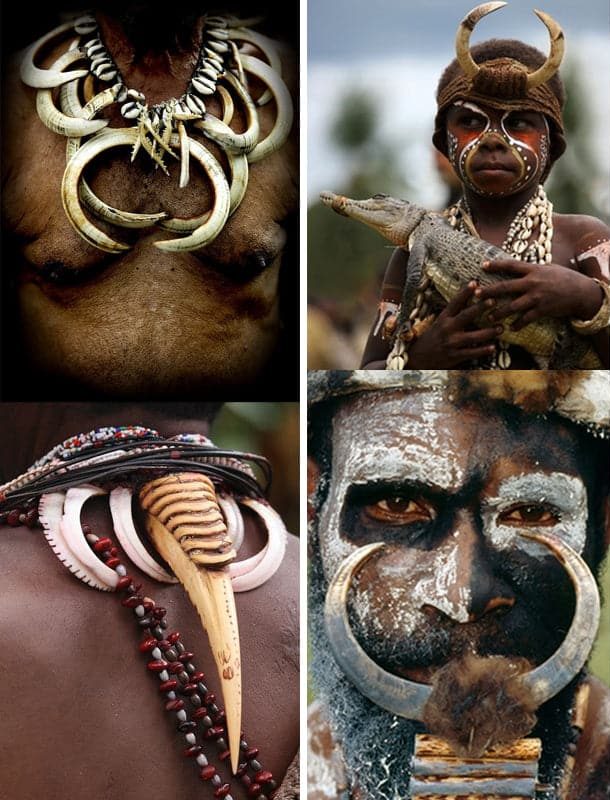
One of the strangest cases of extortion happened in PNG. My company at one time worked under contract for one of the major Cola companies operating in PNG. We lived in PNG for a year and returned twice after. As a result, I learned a great deal about the Cola industry in PNG.
As mentioned in a previous post, one of the major Cola companies had a delivery truck run over and kill a local highlander. The tribe rioted and began destroying all Cola delivery vehicles. The Cola company paid approximately $55,000 US cash to settle.
The other tribes heard about the settlement and began dragging the old people, dead or otherwise out of their huts, to throw them in front of the Cola delivery trucks. The Cola branding had to be removed from all delivery trucks in PNG and the windows and windshields armored with heavy wire mesh to protect against rocks and bottles thrown at the trucks.
For while the PNG highlanders are stone age peoples, the myth about innocent savages is a myth. The PNG tribes definitely understand extortion.
The most telling story was the country-wide kidnapping of empties. The empty pop bottle was a major economy in PNG. The deposit was the equivalent of about 5 or 10 cents. In any case, the empties were used as a trade good among the highland tribes in PNG, as strange as it might seem. Money is harder to come by.
And while I was working for this Cola company a very strange thing began to happen. The supply of empty bottles dried up and there was a very big shortage on the bottling line in PNG. For while we filled bottles in PNG using local sugar as required by PNG law, we had no facility to make bottles or cans. That was all done offshore in Indonesia or Australia.
Investigation showed that the highland tribes were holding the bottles for ransom. They had reasoned that the whitefellas needed the bottles to refill with Cola, and so would be willing to pay more for the bottles if there was a shortage. So the tribes had created a massive shortage and the Cola company was in a panic.
What the tribes did not know however was that bottles were not reused indefinitely. Towards the base of each soft drink bottle were 3 small dots of glass sticking out. And each time through the bottling line one of these dots was shaved off. When the dots were gone the bottles were crushed and sent offshore to be remanufactured into new bottles. And since the Cola company had already collected the deposit at the point of sale, they were actually making money by the tribes hoarding the bottles. Perhaps it was some smart person in accounting that had given the tribes the idea.
However, not all was smooth sailing, because neither Indonesia nor Australia could keep up with the demand for bottles. As a result, permission was sought and granted by the PNG government to start a canning line in PNG, to sell Cola in cans. Aluminum cans and lids were brought in from Australia, along with equipment to form and fill the cans. The cans were not refillable so there was no incentive to hoard them.
I left PNG for the last time shortly after this and lost contact with my sources. To this date, I don’t know how the story ended. Did the highland tribes ever give up on their attempt to extort a higher deposit price for empty bottles? Did the Cola company make a windfall profit for the unclaimed deposits? Who first placed the idea in the minds of the stone age tribesmen to hold the Cola company in question to ransom?
Strange things have happened under the tropical sun, but no stranger than the tales from PNG.